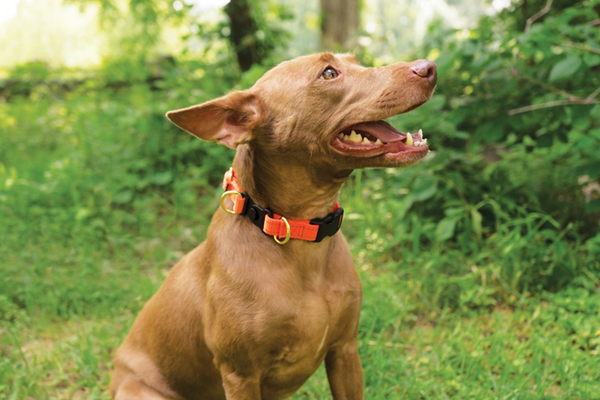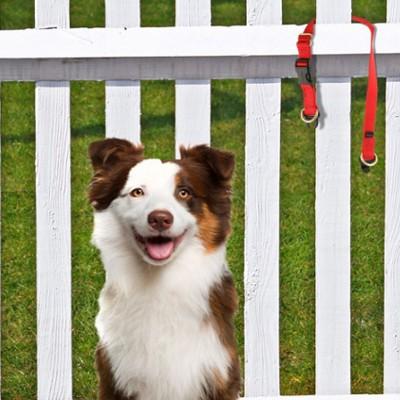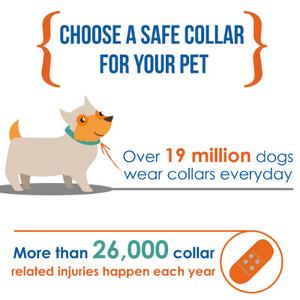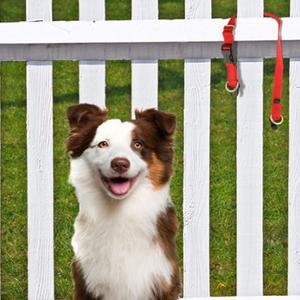We all know how important play is for most all dogs. The only exception is dogs who have grown up in such impoverished environments - like in puppy mills - that they don't develop normal behaviors. These dogs don't really know how to play, with people, other dogs, or toys.
 Both object play and social play incorporate snippets of behaviors from several behavioral systems. When dogs shake toys and tear them up they are displaying elements of predatory behavior. Growling and biting at each other are elements of agonistic (social conflict) behaviors. Mounting, which is also seen in play, can also be an agonistic behavior but is obviously also a sexual behavior pattern.
Both object play and social play incorporate snippets of behaviors from several behavioral systems. When dogs shake toys and tear them up they are displaying elements of predatory behavior. Growling and biting at each other are elements of agonistic (social conflict) behaviors. Mounting, which is also seen in play, can also be an agonistic behavior but is obviously also a sexual behavior pattern.
Dogs can be fairly calm during play or become intensely excited as they chase each other, twirl, jump, and contort themselves into amusing body postures and behavior patterns that are fun to watch.
Even during relatively calm play, the collar a dog wears can turn deadly. It's not hard to find stories on the internet about a dog getting its teeth caught in another dog's collar during play, resulting in one or both being injured or even dying.
Dogs can also get their collars caught on fences, floor vents and even hung up in their own mouths! Any collar designed for training should never be left on a dog routinely, or used to attach any tags. Specifically these would be choke chains and pinch collars. There's not even any reason to use these for training because of the potential for harm and because so many better alternatives are available. But that's the subject for another article! The only time any of my dogs have collars on is when we are walking, training, or traveling. And our current dog rarely wears a collar even under those circumstances, as we prefer to use a harness instead.
There is no reason to leave a collar on a dog when he's in the house or yard. Years ago it was thought to be a good practice to have a collar on with the dog's ID tags, in case he escaped from the yard. Today, microchipping is the standard for identification. I think it would be extremely annoying for dogs to have tags dangling from their neck, and having to listen to them jingle every time they shift position or are just walking around.
If you must keep your dog's tags attached to his collar, considering using a dog tag pocket, available from several manufacturers you can find on Amazon.com
 If you take your dog to a dog park, remove her collar before entering. Should another dog become entangled in your dog's collar or your dog's collar gets caught on something at the far end of the park, you may not be able to free him in time to prevent serious injury or death.
If you take your dog to a dog park, remove her collar before entering. Should another dog become entangled in your dog's collar or your dog's collar gets caught on something at the far end of the park, you may not be able to free him in time to prevent serious injury or death.
Keeping a collar on a dog routinely also allows owners to get in the bad habit of grabbing for the dog's collar when they want to move him or stop him from doing something. This too often results in the dog starting to threaten or bite when someone reaches for him because he gets tired of being yanked and pulled around. The better option is to teach your dog to come when called, go to a place or mat, or sit on cue. Training those three behaviors provides the control you seek. Telling your dog what you want (sit, come, go to your mat) and rewarding him for complying is much better for your dog and your relationship.
If you have a compelling reason that your dog must wear a collar when alone, or at a dog park, use one of the break-away collars that releases when pressure is applied. The KeepSafe® Break-Away Collar from PetSafe® is a great choice.





